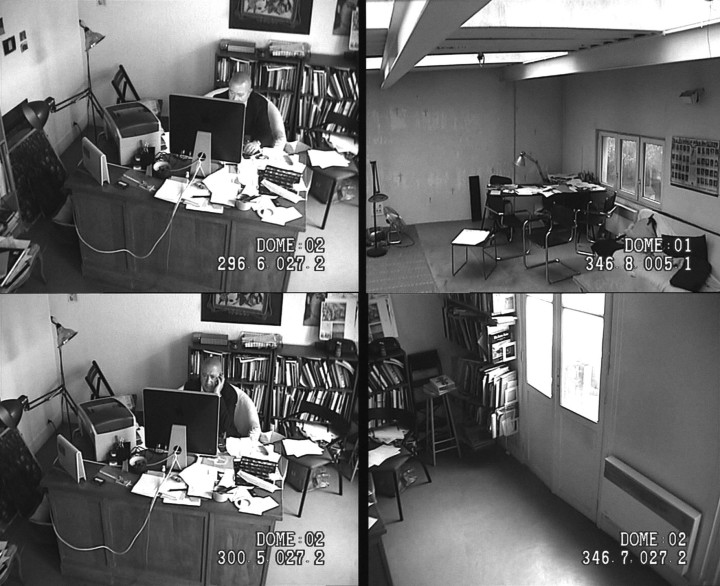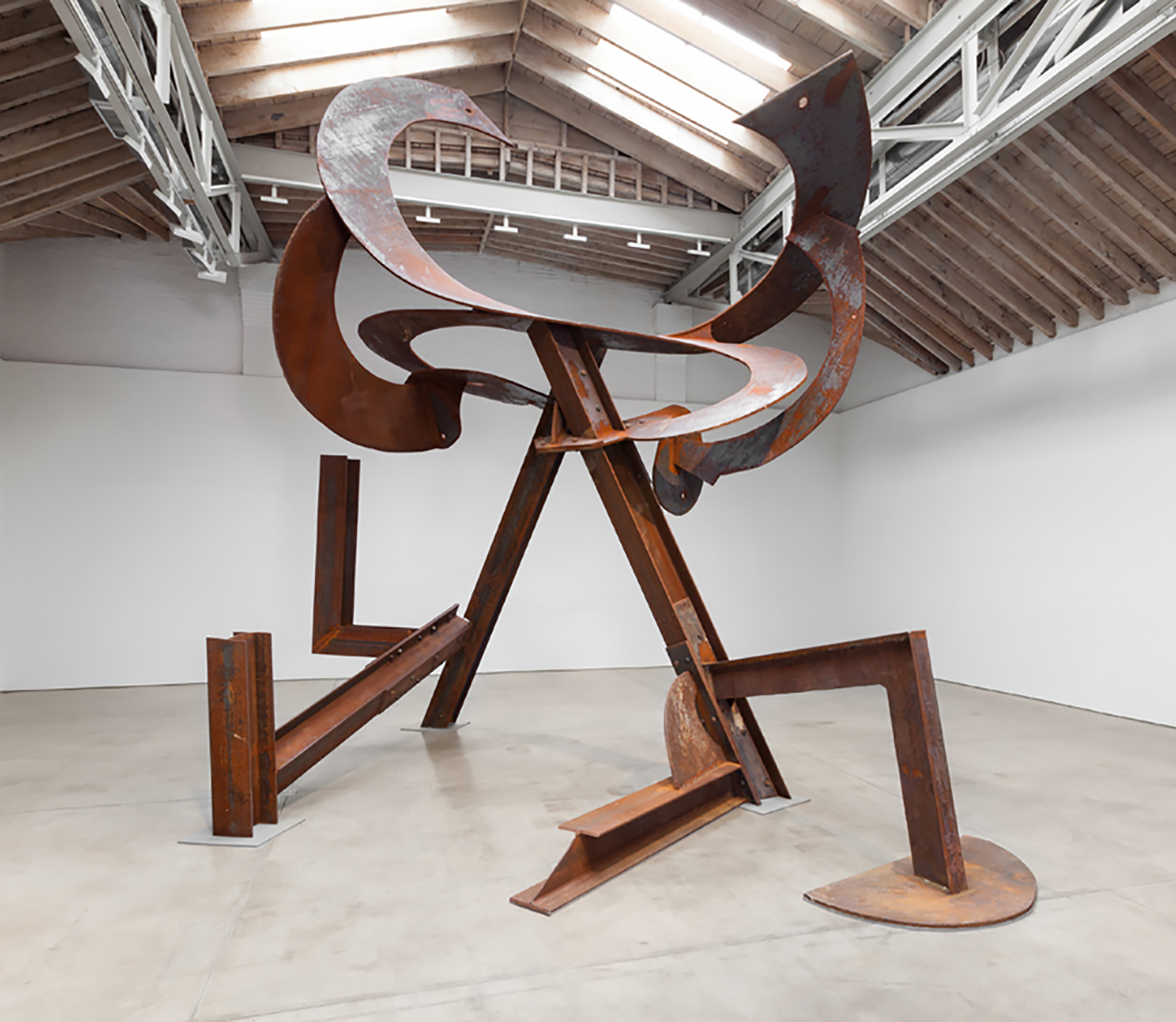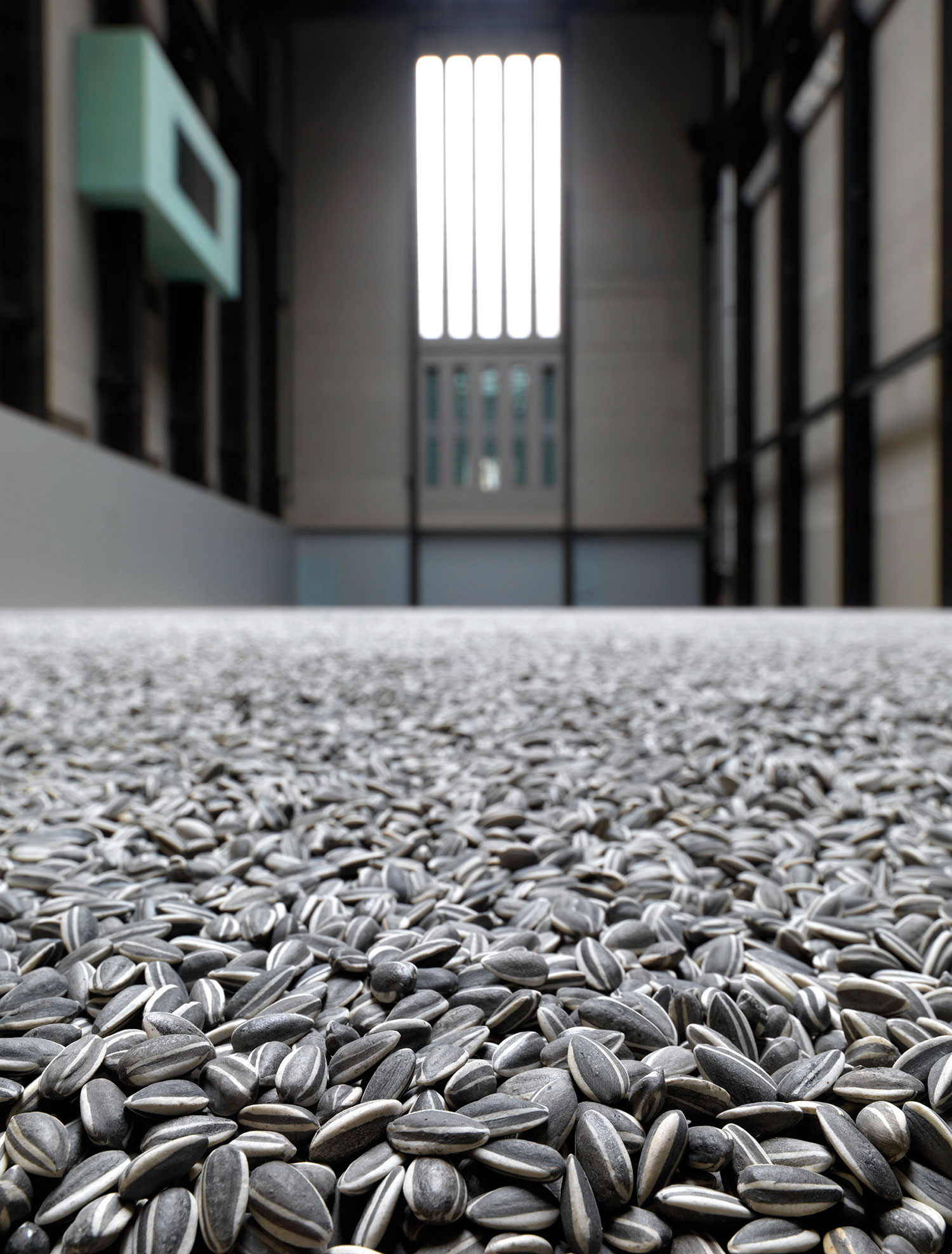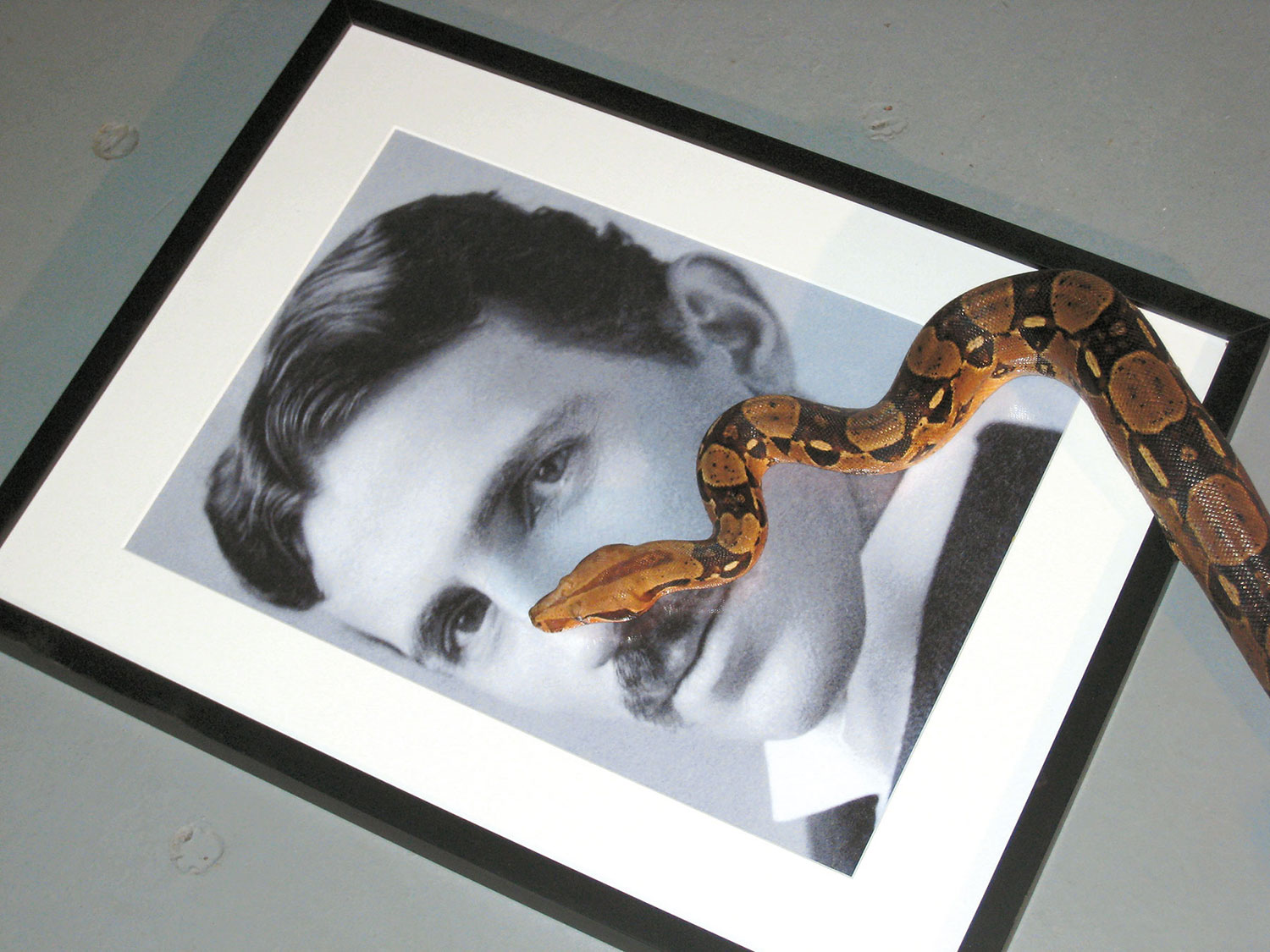
Jarrod Rawlins: David, you are opening a large private museum at the very bottom of Australia, some 16,000 kilometers from Europe. Yet your collection has a great selection of art from Europe. This is both refreshingly non-provincial and unexpected. Can you tell me more about your decision to open the museum, and why the collection has avoided a provincial outlook.
David Walsh: My museum is in Hobart because I am in Hobart. That has nothing to do with what I collect. That not withstanding, two things come to mind regarding the ‘internationality’ of the collection. I wasn’t particularly interested in contemporary art when I was young, so back then I didn’t become part of the local art community. I first started looking overseas, so it’s no surprise that that’s what I saw. Also I met a French guy that I got on well with. He was based in London and was very conversant with the European scene. He introduced me to lots of art and artists; some of the former came home with me. So the Euro connection is predominantly by accident rather than by design. There are a number of glib reasons why I am opening a museum but it’s mainly a fluke. I bought some ancient art and it needed looking after, so I thought about a warehouse. It thought that perhaps it wouldn’t be much more effort to open it to the public. I opened a little museum, bought more art, needed a bigger museum.
JR: You have worked with architect Nonda Katsalidis of the Melbourne firm Fender Katsalidis. From my understanding the museum’s design is crucial to an ‘expect the unexpected’ mythology which currently surrounds your project. Can you tell me more about the building, working with Nonda and some of the unique design elements?
DW: Big and public museums are built to reflect a certainty of their place in history. They know what’s good, important and significant, and a visitor is quickly put in his place. MONA (Museum of Old and New Art) can operate differently. We are not burdened by certitude; we can meddle in doubt. I see our opinions as provisional, amenable to discussion and disputation. Nonda understood this and built a museum that doesn’t make any formal declarations, at least at first glance. It’s underground, but the entrance is through a Roy Grounds ’50s house, so that it’s difficult for the visitor to make an informed judgment about what to expect. It reveals itself gradually, in the manner of a temptress. It has its grand elements, such as the huge slice through sandstone that is a primary internal wall, but we have already got you by the time you see that. My dilemma is that the more I talk about it the less appropriate the ‘no revelation’ dictum becomes. So I’ll stop this one.
JR: You have a work in progress by Christian Boltanski where you pay him periodically in exchange for a live 24-hour video feed sent from his studio in Paris to you in Tasmania. Tell me more about this piece — how did it come about?
DW: I met Boltanski because he is a mate of Jean-Hubert Martin’s, who is working for us. We had dinner in Paris and got hammered. I had an idea for a commission involving updating his famous world’s phonebooks work Les Abonnés du Téléphone (2002) to a single computer terminal. It went nowhere. He later suggested the cameras in his studio idea. Because I am skint, I suggested paying by installments, an idea he ran with. By the last interview he gave I became ‘the devil,’ betting he will die in the next eight years and trying to organize his demise. Apparently I live all alone on an eight-by-eight-kilometer farm plotting my nefarious deeds.

JR: You are the first museum to acquire one of Wim Delvoye’s Cloaca machines which, once permanently installed, will be fed by the perpetually rotting carcasses of Jannis Kounellis’ piece Untitled (1998) [Delvoye’s Cloaca is a digestive machine that turns food into feces. To run succesfully the Cloaca is regularly fed organic material such as meat and vegetables]. Apart from the absurdist take on the possibility of sustainable art collections there seems to be a perverseness in owning this combination of works and installing them in a cave at the bottom of the world. What’s your take on this? Are these pieces symbolic of your collecting philosophy?
DW: I didn’t make this connection, and it’s not important to me. In saying that, I do think a lot of the shit we find ourselves in has arisen because of our capacity to compartmentalize. We wouldn’t balls up the atmosphere if our contributions to it had immediate and observable consequences. No one would smoke if each cigarette was a poker machine. Three (un)lucky strikes and you’re out.
JR: When I was reading through your collection list I noticed an unfamiliar term used repeatedly. What are monanisms?
DW: I wrote a definition for the book, viz: monanism [m oh-nuh-niz-uhm] – noun.
1. obsessive activity characterized by an inability to discriminate between normative public behavior and displays of immorality, alternating self-loathing and egoism.
2. a behavioral disorder which, when observed by a representative member of a population (for example the Australian) elicits the epithet ‘wanker.’ Origin 2010; by prothesis from onanism.
JR: You have a work by the Austrian collective Gelitin that many museums would find difficult to manage. Can you tell me more about this?
DW: Gelitin’s work Locus Focus stems from an exhibition I saw in Paris. The Gelitin crew, amongst a range of lunatic presentations, had mocked up a toilet in which, by dint of mirrors, one could see one’s own arse. This seemed to sit dead center in the anti-comparmentalization theme I am peddling. Making it work took some serious engineering — it’s hard to keep the mirrors clean. The problem has apparently been solved by smarter and more dedicated folk than me.
JR: I have read quotes from you proclaiming your lack of interest in other people’s views of your project. Reading between the lines here I can see you have an interest in this idea of uncompartmentalizing things, in breaking down categories. These two things seem to go hand in hand, as the art world, art historians and museums in particular, cannot operate without compartmentalizing things — it makes them anxious. Is your ability to rupture existing cultural and historical categories the primary aim of MONA, and is this position seen as some kind of risk?
DW: I have to say I don’t care what others think. They think I’m crazy. Some categories are appropriate, no amount of appreciation of the basic laws of physics will enable one to generalize and understand chemistry. Most generalizations come from extrapolation from what one knows. If there is a primary aim it’s to show that primary aims are fallacious, motives are fluid. I just did some stuff and here it is (nearly). The motives come now, when somebody asks me. I tend to think that motives are mostly retrofitted. I have no clear plan for MONA; I suspect that very few of us have any clear plan for anything. Demonstrating that I have no clear plan is my one definitive purpose. If you plant a garden, an observer might conclude that your purpose is feeding yourself, or creating beauty. You may just be avoiding your wife or just passing time. Doing stuff. I don’t like gardening.





